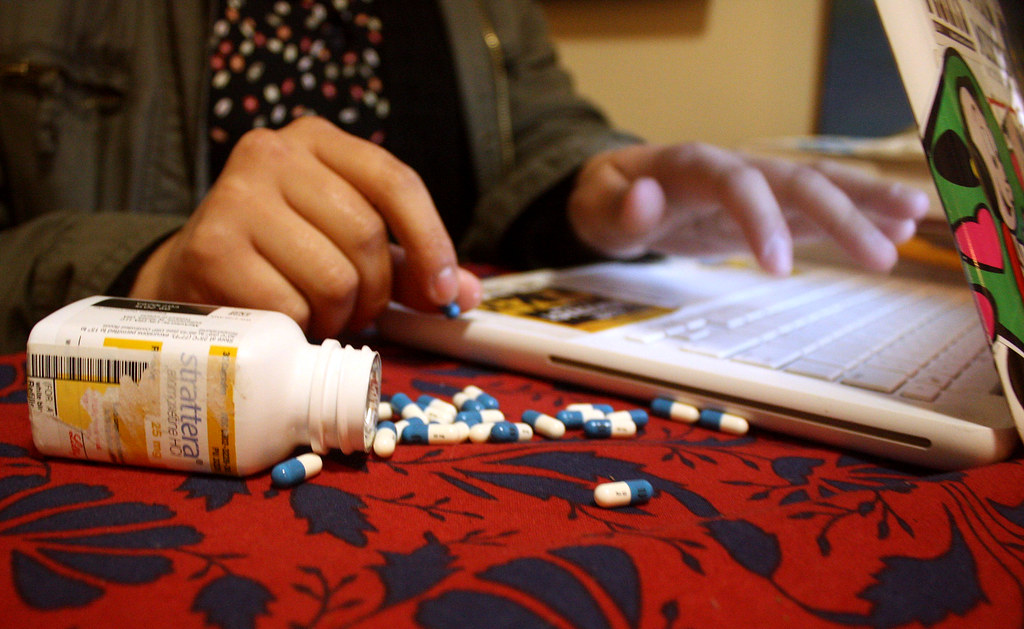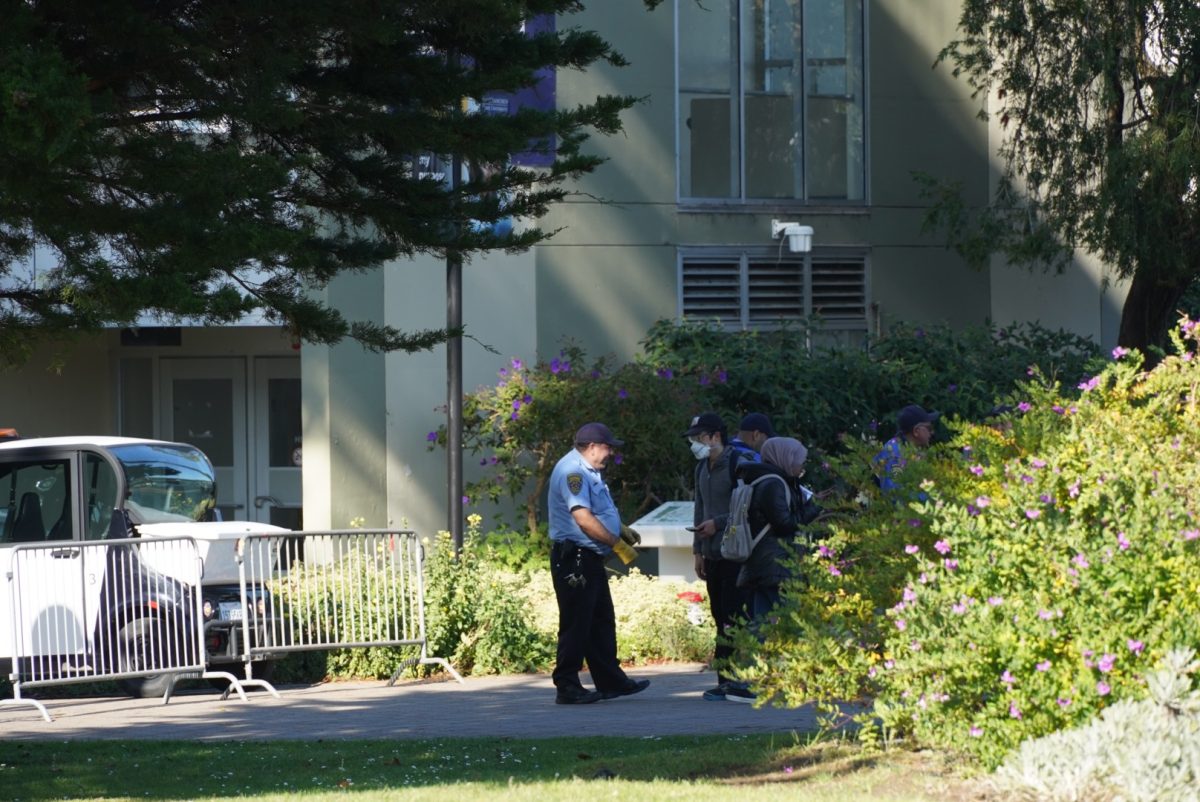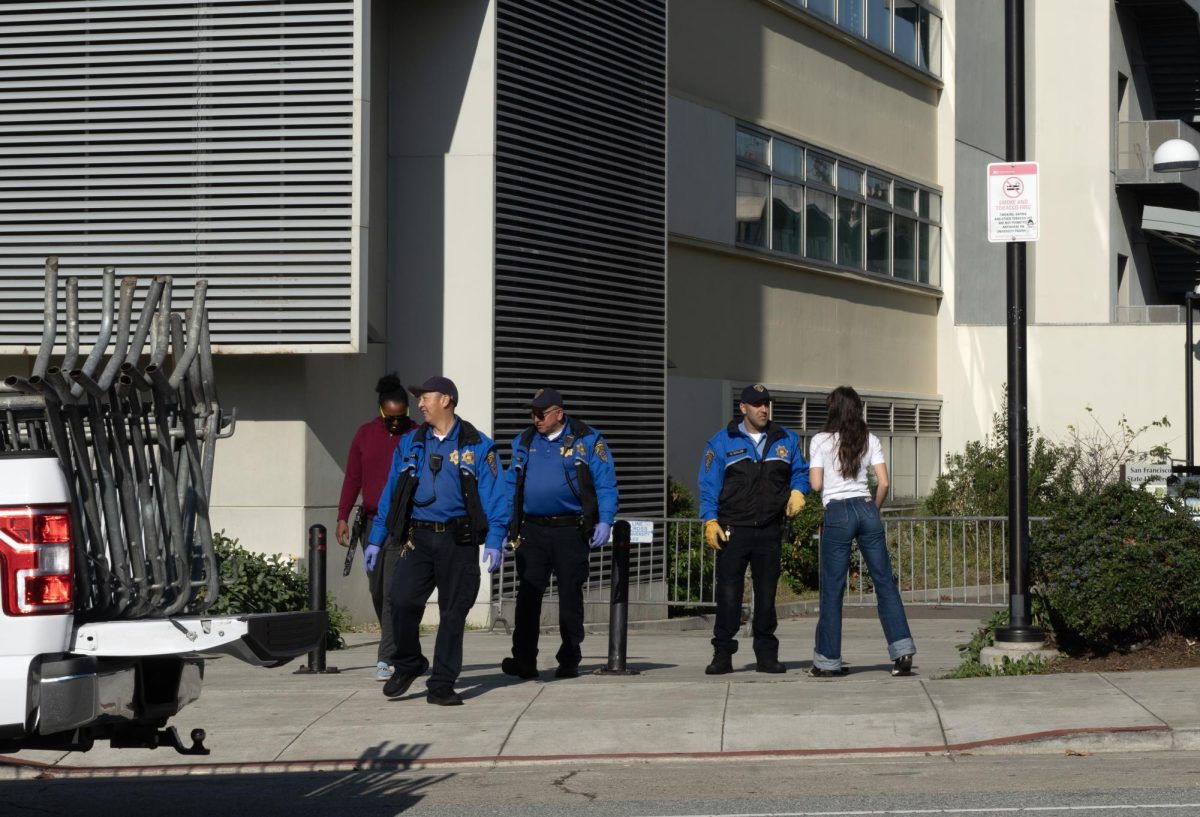
With midterms approaching, students are advised to study hard and be prepared. “Paul” takes this advice to the extreme. The 21-year-old political science major started stocking up on amphetamine pills weeks in advance. He said the drugs help him stay up late to study and write papers.
“Paul” doesn’t have an attention disorder, nor a legitimate prescription, but this doesn’t matter.
“Adderall will make a ten-page paper like three hours shorter,” the student, who wanted to be known only as “Paul,” fearing for his reputation, said. Adderall is a name-brand amphetamine-like drug often prescribed to people with Attention Deficit Disorder (ADD) or Attention Deficit Hyperactivity Disorder (ADHD).
“It’s all in who you know,” Paul said. “And I know a few people who constantly have it.”
He buys his drugs here at school. Recently, Paul arrived on campus hours before class to buy a couple 20-milligram pills of Adderall, for $5 a pop.
Paul isn’t the only college student to use stimulants to help get his school work done. It’s increasingly common among students, not only at SF State, but colleges nationwide. But it’s not the most widely used drug. Those slots are reserved for alcohol and marijuana.
While SF State is its own microcosm when it comes to drug use, getting accurate data is tricky. A look at certain drug trends found in the city reveals a larger picture with some similarities.
Alcohol is the drug of choice for both the city and here on campus. It was the number one factor for admittance into Bay Area drug treatment centers and city emergency rooms, according to recent data compiled by Dr. Alice Gleghorn, the county’s alcohol and drug administrator.
Alcohol abuse is estimated to cost the U.S. $235 billion annually in crime, health care and lost work productivity, according to data collected by the National Institute of Drug Abuse.
“Some of the drugs trends seen in San Francisco may reflect what you see here at SF state, but to a lesser degree,” Michael Ritter, program director of Creating Empowerment through Alcohol and Substance Abuse Education, known as CEASE, said. He said that alcohol, marijuana and amphetamines, like Adderall, would be more prevalent on college campuses. “Crack and heroin — not so much,” Ritter added.
For SF State, alcohol was the most popular substance. Almost 80 percent of students said they had consumed alcohol in the last 30 days, according to a 2009 online drug and alcohol survey, called Core. Due to school budget constraints, more recent data is unavailable.
The access to drugs can play as an important factor in its abuse. Alcohol is legal. Marijuana is partially legal and, well, this is San Francisco.
Marijuana was one of the most common drugs seized by the Drug Enforcement Administration in the Bay Area, second only to methamphetamine.
The potency of marijuana is stronger than ever. This could explain why marijuana-related trips to local emergency rooms have increased more than 150 percent, according to Drug Abuse Warning Network, known for short as DAWN.
“Marijuana can make some people freak out,” said Karla Castillo, a CEASE counselor. “And when your heart is beating faster and you’re paranoid, where do you go — the ER.”
Courtney, a 25-year-old graduate student, went to the emergency room once after smoking weed.
“I had a panic attack partly induced by smoking weed,” said Courtney, who wanted her last name to be private. Having smoked heavily for six years, she decided to cut back. “I think weed was fueling a lot of my anxiety and paranoia.”
Anxiety and stress are synonymous with college life.
The stress of college can greatly affect those diagnosed with ADD or ADHD, Ritter said, explaining an important reason as to why amphetamines are more common on college campuses. He added that the focus needed to do well in school is much greater than other exploits.
Ritter said he thinks most amphetamines on campus come from students with prescriptions.
“They’re prescribed to someone and their friends benefit,” Ritter said.
Nationwide, amphetamines are the only illicit drug to have a higher rate of use among college students than non-college students, according to a 2011 study by the University of Michigan.
While prescription amphetamine-like drugs remain more popular in colleges than reflected in the city, prescription opiates are the opposite, with higher abuse rates in the city than seen at school.
Some students did admit to smoking blunts, marijuana filled cigars, coated in codeine. But the added effects of the narcotic are debatable. Plus, codeine is a low-level narcotic. The prescription narcotic to worry about is oxycodone, which caused lethal overdoses that killed 63 people in the city in the last two years. Emergency room visits have increased a staggering 528 percent since 2004, thanks to oxycodone, according to data presented by Gleghorn.
Students and drug counselors both said they don’t see much prescription pain medication abuse, which could either mean that students don’t abuse them often, or that users are less likely to seek help.
At one time, drugs and death were common for Julie, a 22-year-old liberal studies major.
During high school, Julie took ecstasy every day. Then on her high school graduation day, Julie’s friend and drug dealer died from a lethal mixture of oxycodone and other drugs. Before that, two other friends fatally overdosed during a rave after taking ecstasy that came from a bad batch.
Julie was going to go with them. She wanted to sell drugs at the rave, but when the deal never materialized, she decided not to go.
“I was supposed to do it with them and die,” Julie, who asked that her last name not be used, said.
But when her dealer died, so did her access to drugs. She used the circumstances as a spring board to better her own life. Julie wants to be a youth counselor, and said that if she can help just one kid — it will all be worth it.





